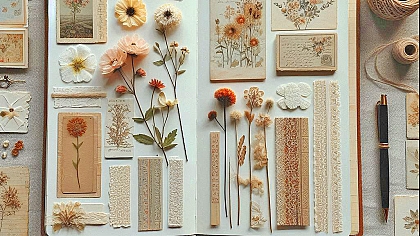
The History of Paper
The 21st century saw the rise of digital methods of recording things; writers no longer have to tire their hands out and use vast amounts of ink to write something. Typing on, let’s say, Microsoft Word is so much quicker and more efficient, but a certain beauty remains in the art of pen and paper.
The value of handwritten pieces will always hold more value than the same thing typed on a computer, an autograph is proof of this, and there is satisfaction in having a signature written by someone of importance or significance - it serves as evidence of actually meeting the person and adds that extra personal touch.
Despite there being so many ways of digitally recording things, whether that is by typing or even by using speech-to-text software, paper remains an important part of day-to-day life and its importance can never be disregarded. Without historical records written on paper, as the ancients didn’t have as many ways to record data as we do today, humans wouldn’t know as much as they do about historical events or the nations that came before.
Here is some information about paper and its rich history:
All You Need to Know About Paper

Humans have always felt the need to record things whether that may be through an oral or written format. Before paper was invented, the ancient Egyptians and societies living in Mediterranean regions used a form of paper called papyrus. Papyrus, from which the word paper is etymologically derived, isn’t classed officially as paper but was used for the same purpose. It is made from thin strips cut from the interior of the Cyprus papyrus plant and pounded together to create a stiff but uneven surface that can be written on.
The problem with papyrus which makes it much less unreliable than modern paper is that it wears down over time and falls apart very easily, especially when it is used in a scroll where it is rolled and unrolled many times. Another form of ‘’paper’’ that was used in ancient times to record data is parchment. Parchment was made from treated animal skin and served as a method of recording data in many places around the world.
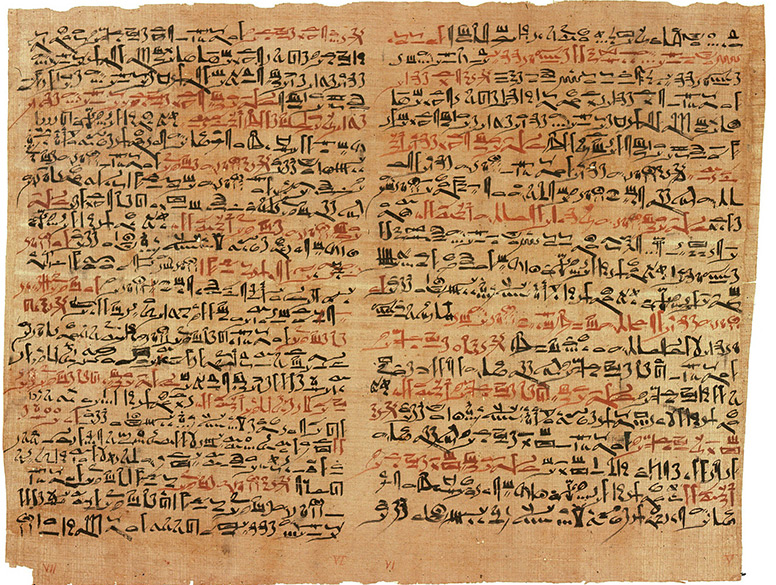
Another platform for writing which can be regarded as paper was first used in China and was made from various materials including hemp. The oldest known paper fragment was found in Fangmatan in 179 BCE. Although the invention of paper was credited to Cai Lun, an imperial eunuch official of the Han dynasty, there is evidence of paper being used in China before his time, making the particular inventor and the exact date it was invented unknown.
One of the oldest forms of paper discovered in China was made from mulberry, bast fibres, fishing nets, old rags, and hemp waste; it is an interesting point to note that while these innovative ideas were being discovered in China, the Western world relied on old rags to record their information.
Before the invention of paper in China, information was recorded on strips of bamboo rolled together or pieces of silk. Both materials were not as convenient as paper because the bamboo tablets were too heavy and difficult to transport and silk was too expensive to be considered as an effective and efficient writing medium for general use. Cai Lun is now credited with improving the recipe of papermaking rather than inventing it, and there is evidence of paper being used by the Chinese military one hundred years before Cai Lun.
During the 2nd century, paper wasn’t used for writing purposes in China but for padding and wrapping objects instead. Archaeological evidence shows that the delicate bronze mirrors that were used at the time of Emperor Wu of Han were wrapped in paper to protect them. The invention of paper allowed the Chinese to be much more technologically advanced than the rest of the world.
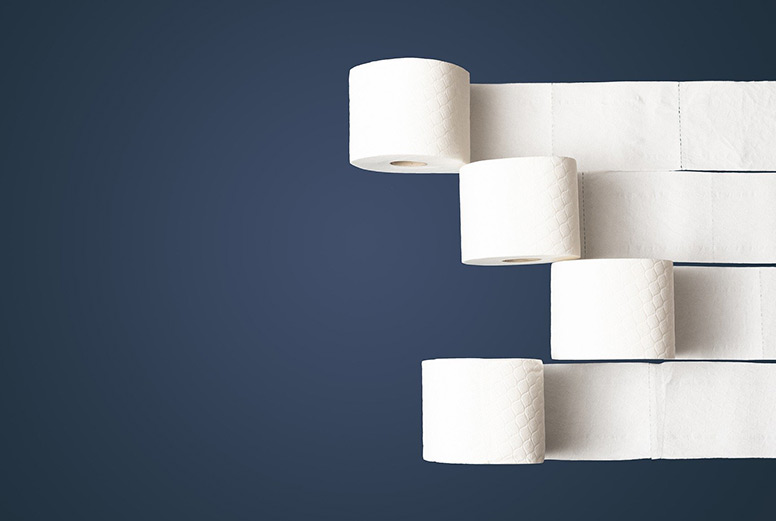
One example of technological advancement in China is toilet paper in the 6th century. Yan Zhiui, a Chinese scholar-official said ‘’paper on which there are quotations or commentaries from five classics or the names of sages, I dare not use for toilet purposes’’.
An Arab traveller who visited China in 851 was surprised by the fact that the Chinese used to wipe themselves after using the toilet as the Arabs used water; European toilet practices at this time weren’t so sophisticated.
During the Tang dynasty, tea was put in sewn-square paper bags to preserve the flavour and it was served in multi-coloured paper cups and paper napkins. The Song dynasty produced the world’s first paper money, and during the Yuan dynasty, the famous Venetian merchant Marco Polo mentioned that the Chinese would burn paper models of servants, animals, and clothing during a funeral just like the ancient Egyptians who placed a pharaohs belongings in his tomb with him for use in the afterlife.

The impact of the use of paper on Chinese society was immense and many people began to read. The fact that book scrolls could be transported by hand rather than carts needed for bamboo, many people began to own private collections, possessions of a few hundred scrolls, and familiarity with them was seen to make a man educated at the time.
During the Tang dynasty, China became the world’s largest book producer and from the 4th century to 1500, the biggest library collections were four times larger than those in Europe. Smaller Chinese libraries still held more manuscripts than the greatest Cathedral libraries in Europe.
Although the Chinese were known to be the best papermakers in the world for many centuries, the spread of Islam brought civilization to the Middle East and Central Asia. Between the 9th and 12th centuries, the libraries of Cairo, Baghdad, and Cordoba held larger collections than any library in China.
The first word revealed in the Quran was ‘’read’’ and Islamic culture is based on education; maths and science were very popular subjects during the Islamic empire and this hunger for knowledge fuelled the paper production that allowed the Muslims to even surpass the Chinese.
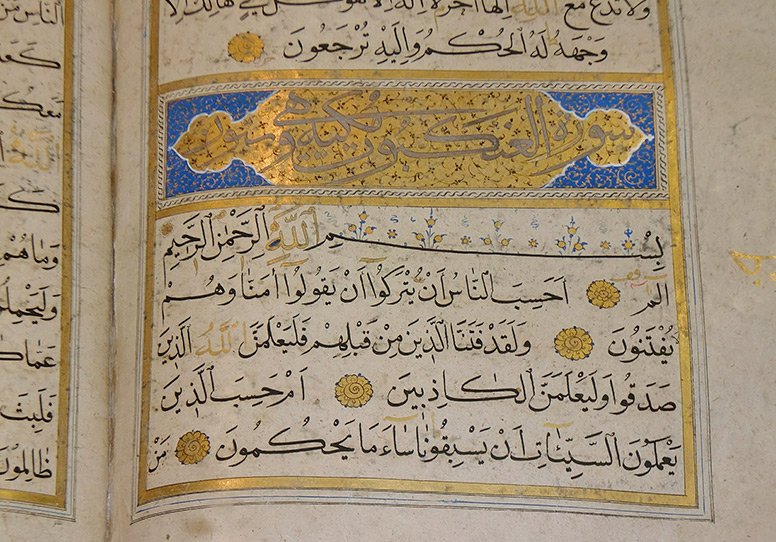
The Italians managed to close the gap between themselves and the Chinese concerning papermaking in the 1500s. Europe was far behind the Muslims and the Chinese in almost every aspect until the 1600s, when European powers sought to increase their influence and expand their territories by conquest at the dawn of the new colonial age.
North America beat the Chinese in paper production during the 1700s and Europe finally gained the advantage very late, in the 19th century.
Some private collections in Europe managed to match Chinese libraries in the 15th century with the mechanical printing press, but as a whole, the continent only advanced after the British, French, and German empires conquered vast amounts of foreign land and copied their technology.
Paper was used in China as early as 150CE, it spread to Vietnam in the 3rd century, Korea in the 4th century, and is said to have arrived in Japan as early as the 5th century. Paper began to be produced in central Asia during the 8th century although there is evidence suggesting that paper was brought there much earlier by Buddhist monks, such as the Korean Buddhist priest, Doncho, who is said to have introduced paper to Japan in 610 AD.
There are records of paper in Gilgit, Pakistan which date back to the 6th century. In the 8th century, the Abbasid caliphate began to replace parchment with paper.
The Rise of Modern Paper
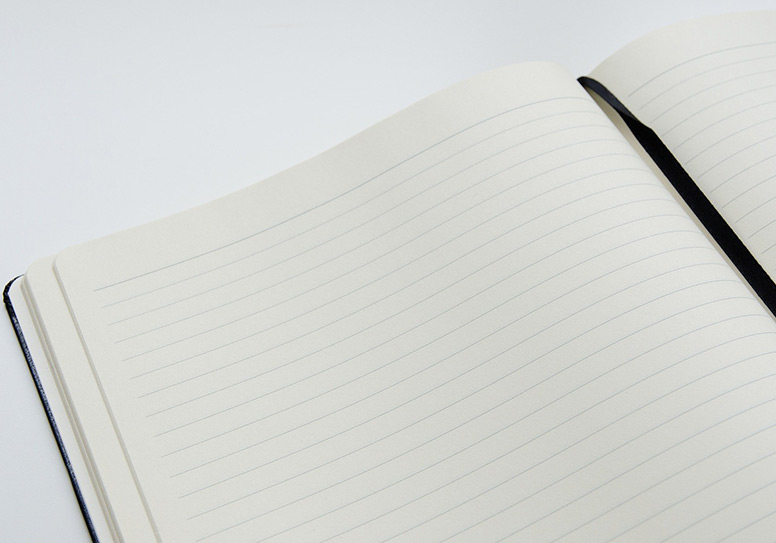
Due to the long process required to produce paper, paper that was still made from rags remained expensive in the 19th century. In the early 1800s, Mathias Koops from London produced a book composed entirely of wood shavings, The Royal family were impressed with him and gave him the financial support he required to purchase the machinery he needed to manufacture such paper.
Koops only managed to print one book (the one he originally made) and went bankrupt several years later, the book made from wood shavings proved to be expensive to produce on a commercial scale. In 1844 a machine was made which extracted fibres from wood to make paper the same concept of pulping rags but with wood. The wood pup was bleached to create a clean, smooth sheet of paper which was not expensive to produce at all.
By the end of the 1800s, most papermakers in the world began to use wood instead of rags, particularly in the West where more funding was available for the production of machines. The invention of the fountain pen and the mass production of pencils along with the new steam-driven rotary press, from which cheap wood-based paper could be made, meant that newspapers, school books, fiction, and non-fiction became more available in industrialised countries from 1850 to 1900. Being a writer was no longer seen as a high-status job.

It soon became apparent that wood-based paper deteriorated over time and a lot of the books and newspapers from that period have disintegrated, except only those that were photographed and therefore survived, but the original, physical copy has been lost due to the passage of time. For the use of important documents rag paper, much more expensive, was used until the recent invention of acid-free paper during the mid-20th century (wood-based paper contains acid which makes it deteriorate over time).
Paper that hasn’t been treated to remove the acid is cheaper than de-acidified paper and is still used in the 21st century for mass-produced paper books, newspapers, and in countries that can’t afford the expensive variant.

